How To Protect The Endangered Monarch Butterflies
Once vibrant orange and fluttering by the millions, monarch butterflies are now a rare sight. Taking a closer look at their population trends tells a story of steep decline and urgent need for action. From the sprawling groves in Mexico and California on the west coast, to the Carolinas to Maine on the east coast these magnificent creatures have been on steady decline, with numbers dropping by over 80% since the 1980’s.
What exactly is causing this dramatic fall? It’s not just one thing. Climate change, erratic weather patterns, and habitat destruction play a significant role. Forests cut for logging, fields cleared for agricultural expansion, and urbanization have stripped monarchs of their natural habitats.
Historical data paints a grim picture. Once upon a time, around 4.5 million monarchs filled the skies of California alone. That number now stands at less than 30,000 in some recent counts. This drastic reduction shows how quickly environmental changes impact these butterflies.
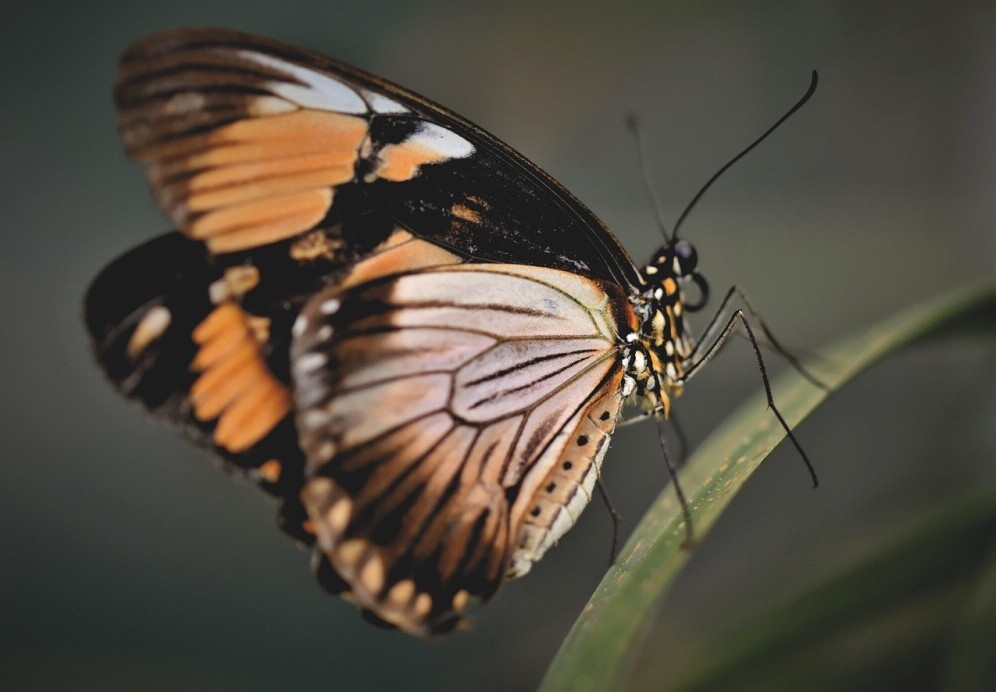
Beyond statistics, there’s a lot more at stake. Monarch butterflies are crucial pollinators, playing a big part in maintaining the health of ecosystems. Their decline signals trouble not just for other species relying on the same plants, but for broader ecological stability.
The plight of the monarch is not just about the butterflies. Their journey highlights bigger environmental issues we all face. And while the numbers are frightening, they serve as a wake-up call.
The Urgency of Conservation: Why Monarch Butterflies Must Be Saved
Monarch butterflies aren’t just any other insects; they’re a key part of our ecosystem and carry significant cultural values across many societies. You might wonder why their conservation pulls so much focus. It’s because their decline signifies broader environmental threats. Each time a monarch can’t find its way through the migration, we lose a piece of our natural world.
Monarchs play a crucial role in pollination. By flitting from flower to flower, they assist in the cross-pollination of plants, a vital process contributing to agricultural productivity and biodiversity. Without them, there’s a ripple effect that could destabilize other plant and animal communities. This impact extends far beyond the butterfly itself.
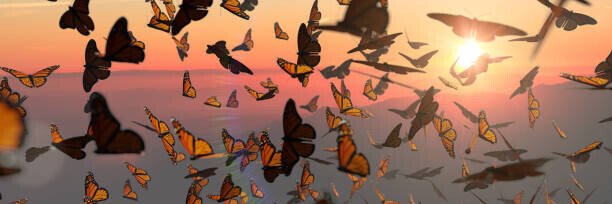
These butterflies also hold cultural importance. The monarch migration is an event that’s celebrated in festivals and traditions across North America. For many, the annual arrival and departure of monarchs mark seasonal changes, connecting communities to cycles of nature and reminding us of the wider natural world.
Facing the possibility of extinction isn’t theoretical anymore. It invites action, reminding us that there’s a finite window to reverse or at least stabilize this trend. Conserving monarchs isn’t just about preserving beauty—it’s about sustaining ecosystems that humans rely on too.
Raising awareness is crucial. Every bit of publicity and every shared story, helps reinforce the idea that personal action can lead to collective change. Whether it’s through schools, community programs, or just sparking conversation, spreading knowledge helps fuel broader conservation efforts.
Milkweed: A Monarch’s Savior
Planting native milkweed is one of the most straightforward steps you can take in protecting the Monarch. Female monarchs search tirelessly for milkweed to lay their eggs. Monarch larvae feed exclusively on milkweed, making it essential for their survival. By providing more food sources, you support larger butterfly populations.
Milkwee helps the Monarch survive in another way as well. The toxins in milkweed leaves make these butterflies unsavory to predators by making them bitter prey. By simply adding native milkweed to your garden, balcony, or community green space, you can give monarchs a place to raise their young, and keep their population alive.
Community Involvement: Simple Actions to Save the Monarch
Seeing fewer butterflies shouldn’t feel like a helpless situation. There are easy, impactful ways to be part of the solution and help these insects bounce back.
Join local conservation groups focusing on creating habitats and preserving existing ones. Many communities host ‘pollinator gardens’ or restoration days dedicated to these efforts.
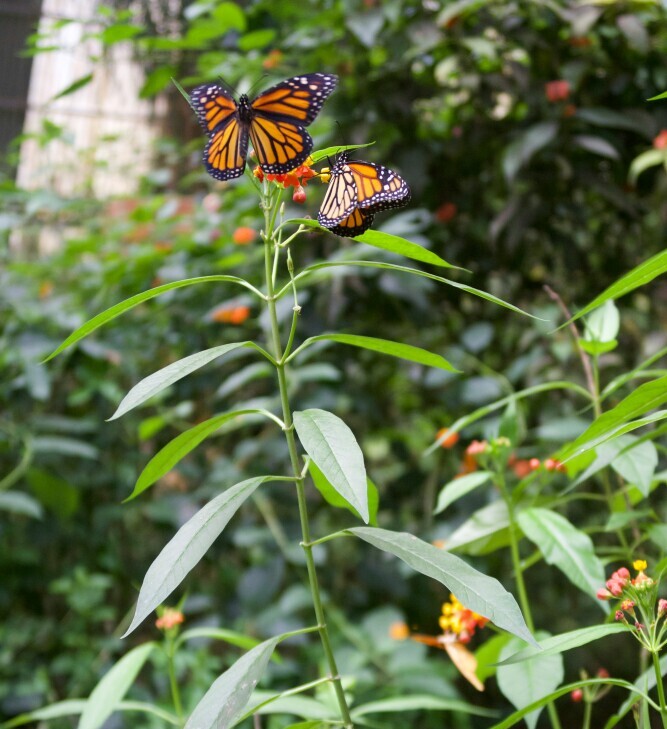
Educating friends and family about the plight of the monarch is another effective way to contribute. Awareness grows action, and action leads to change. Hosting small events or engaging kids through school programs can spread the word fast.
Adopting environmentally-friendly habits helps too. Reducing pesticide use, supporting organic farms, and limiting carbon footprints all benefit the monarchs’ broader habitat.
Getting involved in citizen science projects offers another exciting avenue. By collecting data whenever you spot monarchs and sharing your findings with these projects, you contribute to understanding and improving their situation.
Every small effort counts towards creating a healthier environment for these butterflies. Take action where you can, and inspire others to jump on board.
Collaborative Efforts: Uniting Science, Policy, and Community
Protecting the monarch butterfly isn’t something any of us can tackle alone. It needs a strong mix of science, supportive policies, and active communities coming together. Governments and various organizations have been stepping up to address this crisis.
Research plays a big role. Scientists are developing ways to restore habitats and make sure butterfly migration paths stay intact. By applying innovative solutions, they aim to create environments where monarchs can thrive over the long term.
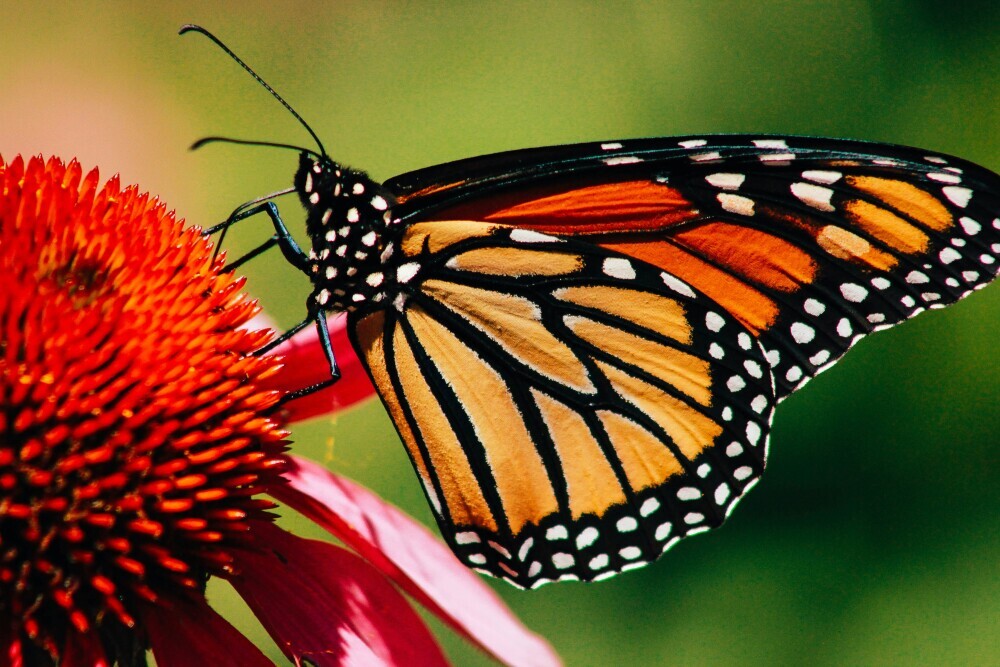
Policies, too, are crucial in this fight. Local, national, and international efforts are pushing for protective legislation. These policies help in regulating agricultural practices, preserving key habitats, and addressing climate change issues that threaten monarch populations.
International collaborations are necessary because monarchs are migratory species. Countries along their migration path must work together to ensure safe travels. It isn’t just a regional issue—it’s a shared responsibility among nations.
There are already stories of success. Countries and communities that have implemented comprehensive conservation strategies are seeing positive change. These examples offer blueprints that we can adapt and replicate elsewhere.
Together, these efforts turn individual actions into systemic change. It underscores the power of united action and shows that, through collaboration, there’s hope for rebuilding the monarch butterfly population. All nature appreciates your help.
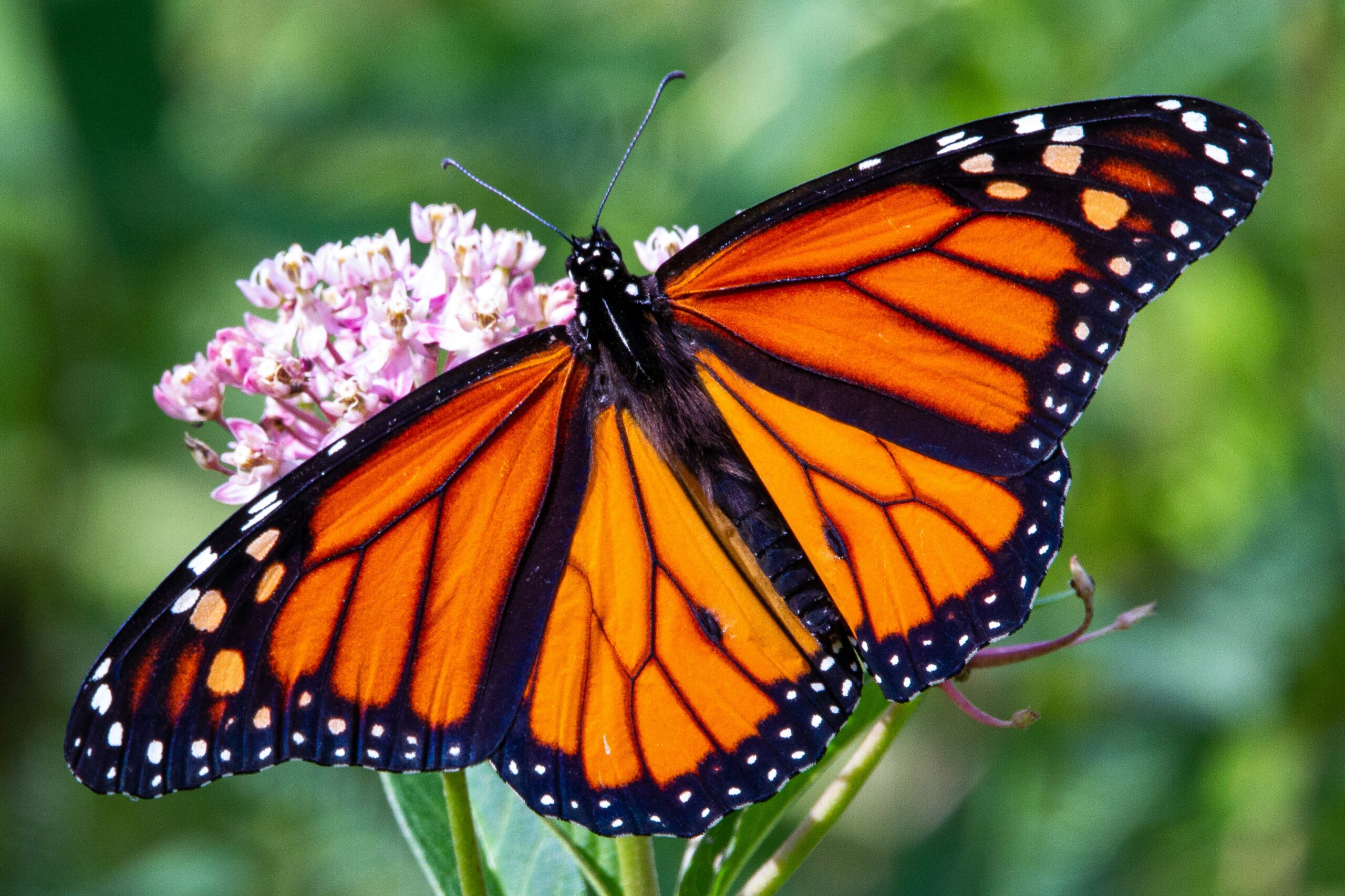


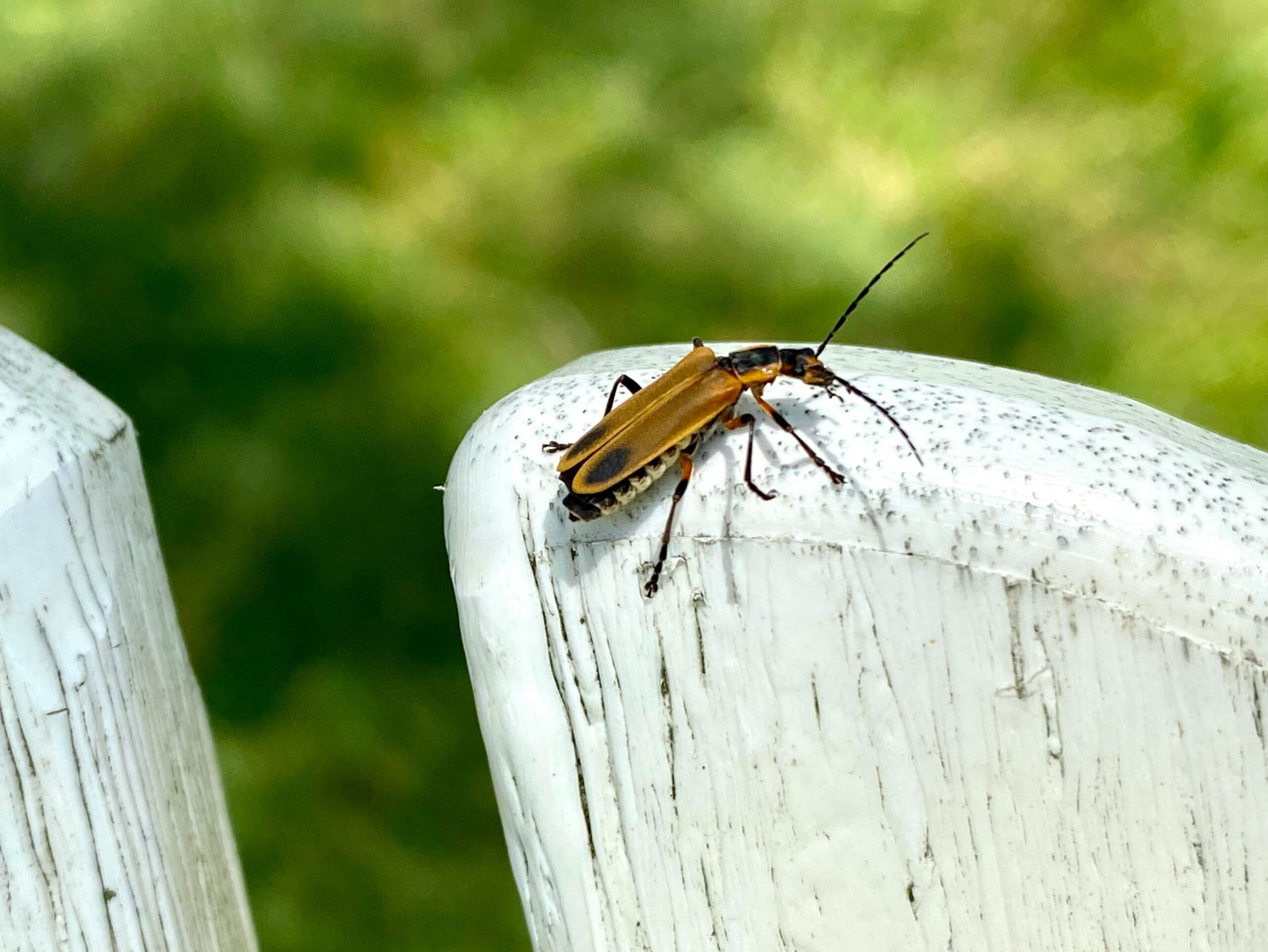
Post Comment